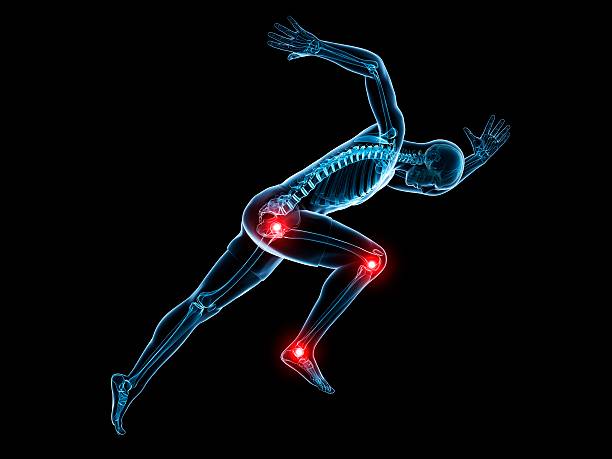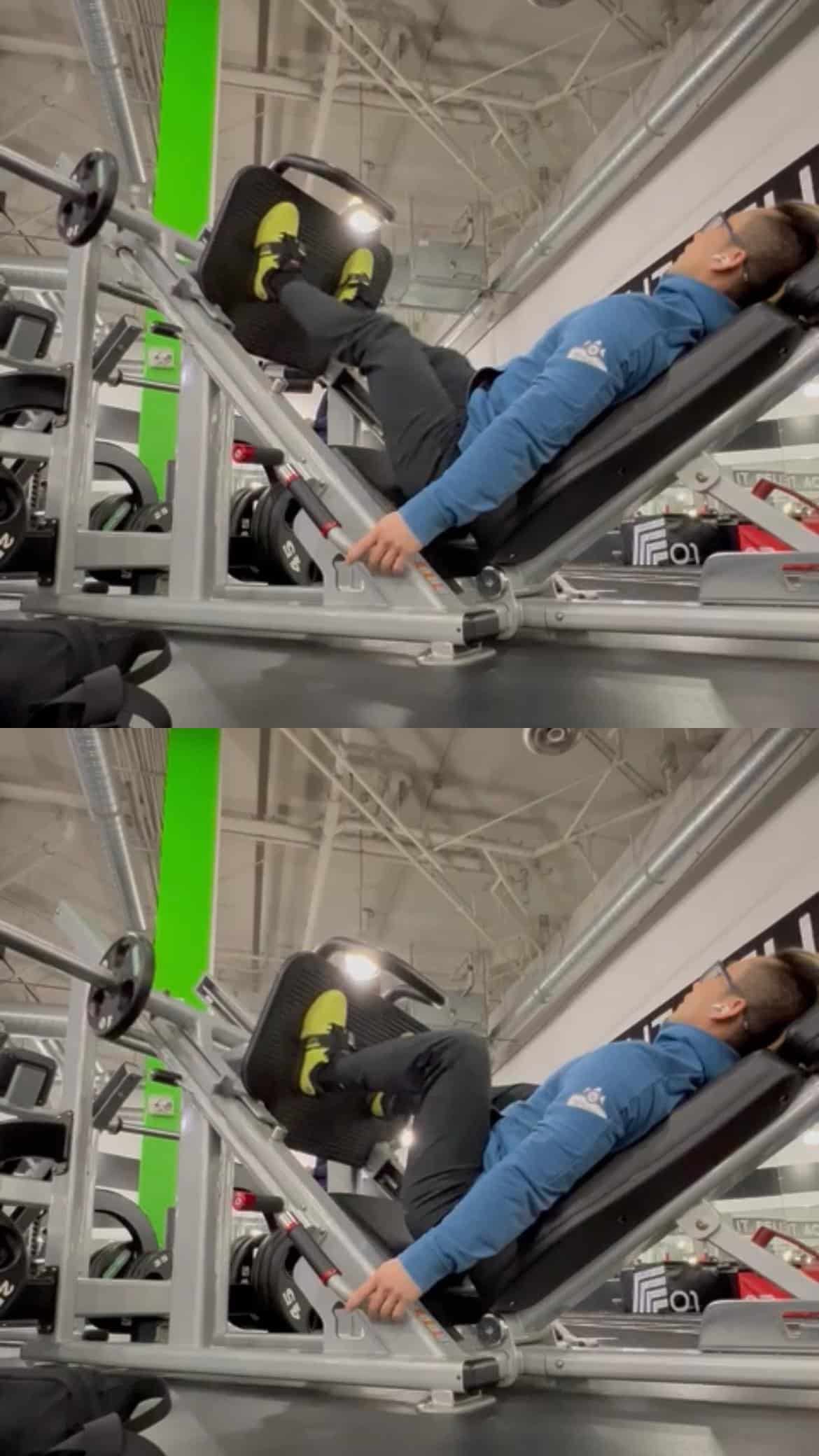It’s important to make clients feel comfortable. Especially beginner-level clients; their commitment levels can be tenuous at best. Static Postural Assessments are great opportunities to gather info, and perception is everything.
There are people who report ZERO movement history during a Goal Session (zero sports or less than a year of gym experience). Their joints may be so compromised that even a squat, or other movement assessments, feels uncomfortable. Think of an older adult who is recovering from decades of hip inflammation – every joint is going to feel discomfort due to a major joint moving inefficiently. In these cases, Static Assessments provide pieces of helpful information to begin teaching clients their Phase 1 Stabilization Program.
Be Careful while Conducting Assessments
Static Postural Assessments are simple compared to other testing procedures. Simply put, we instruct clients to relax, shake their arms and legs gently and then assume a rested standing position while we walk around and judge their posture.
Okay, it’s more than that, but to our clients, it can be a stressful experience.:
“A fit, healthy, well-trained individual is judging how out of shape or dysfunctional my body is.”
Sincerely, a client with low confidence
Perhaps this is an overstatement of the client experience, but it has been a true experience before, it could certainly happen again … in this other sense, “it’s important to make clients feel comfortable.”
Before conducting Postural Assessments (or any assessments, really) Trainers should be well-rehearsed in the following theories:
- Upper cross, Lower Cross, and Pes Planus
- Basic Corrective Exercise Principles
- Foam Rolling for improved circulation and neuromuscular efficiency
- Stretching for overactive muscles
- Activation for underactive muscles
At BCPTI, students put theory into action. There is only so much you can learn about doing Static Postural Assessments from a textbook – practice makes better!

The Purpose of Static Postural Assessments
The purpose of the static postural assessment is to “observe overt postural distortions” like Upper Cross, Lower Cross, or Pes Planus for the purpose of applying corrective techniques that serve to resolve structural inefficiencies. This means we have to be clear with our clients when sharing information regarding their posture.
Empathy ensures client comfort during the assessment. As Fitness Professionals, we will see things that make us concerned for the safety of a joint – when in doubt, refer out. Don’t crush your client under the weight of their inefficiencies, instead, provide a clear order of operations that will help them improve their posture; in other words, give them hope.
The Secret of Static Assessments
The real Fit Pro assesses posture constantly. From the moment you see your client, observations are being made. Posture, walking rhythm, facial expression, energy level. Plenty is observed “upon first glance” – check out the Primacy Effect for more information.
With experience, you won’t even need to frame up a formal Static Assessment. You will have observed postural distortions throughout the Goal Session – during the interview, walking from station to station, and during rest times.
Every exercise is an assessment. In fact, many warm-up exercises are suitable for anyone. Dead bug… Glute bridge… Plank – and would you look at that! 3 warm-up exercises that assess stabilization of each checkpoint along the vertebral column. Follow this formula:
- Determine the client’s goals and motivation during the Goal Session.
- Use what you learn from the warmup assessments.
- Consider what the client wants to get out of their time with you.
- Pick fun exercises that help a client’s static posture and enjoy the workout.
Interested in sharpening your assessment skills? Corrective Exercise Specialists are assessment Wizards!
Learn more about BCPTI’s Corrective Specialization Course
Tags:
Related Posts
We’re here to help you!
Questions, comments or want to register? Fill out the form below and we will contact you shortly. Thanks!
"*" indicates required fields



